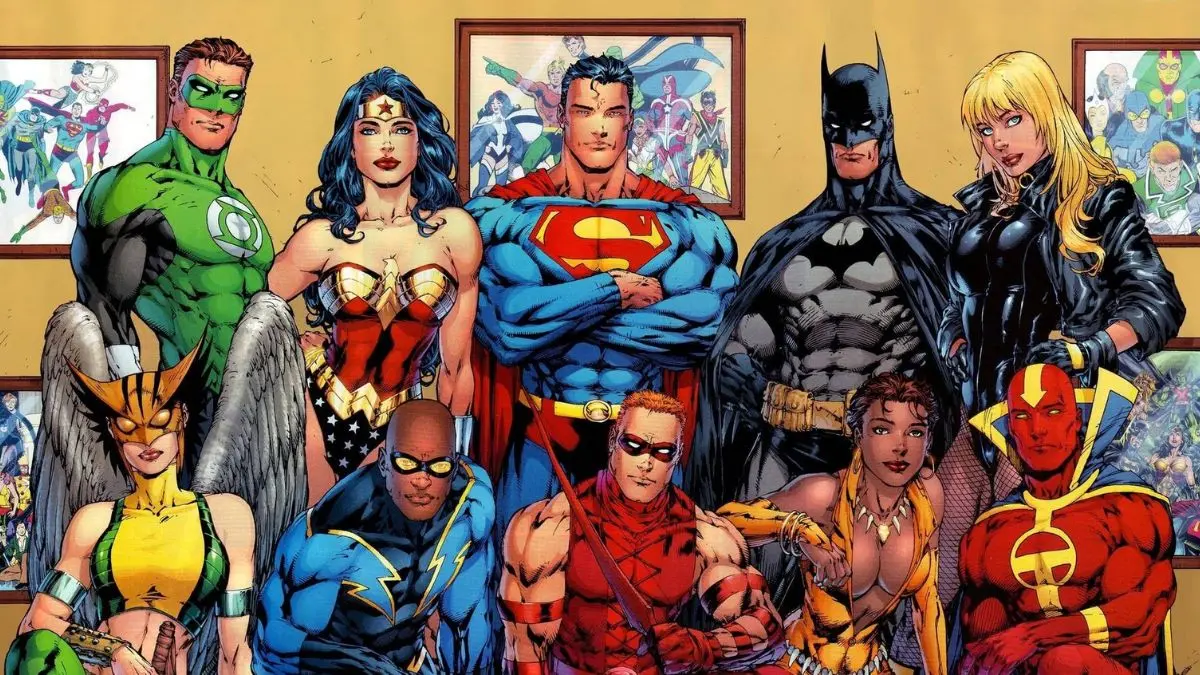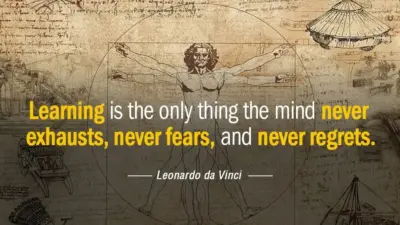Superheroes and supervillains represent more than just characters on a page. They embody the extremes of human nature, the dichotomy of good and evil, and the psychological complexities that drive us to become one or the other. This exploration delves into The Psychology of Comic Characters, shedding light on what makes them tick, and perhaps, what makes us resonate with them so deeply.
The Hero’s Journey: More Than Capes and Cowls
Superheroes are not just about superpowers and battles against evil; they are manifestations of our best selves. They represent our aspirations, our desires to overcome adversity, and our innate need to do good. The psychology behind these characters often taps into the concept of the “hero’s journey,” a narrative pattern identified by mythologist Joseph Campbell. This journey speaks to the universal quest for growth, encompassing trials, tribulations, and eventual triumphs.
Case in Point: Spider-Man
Take Spider-Man, for example. Peter Parker’s transformation into Spider-Man is a textbook hero’s journey, from the tragic loss of his Uncle Ben to his struggles with power and responsibility. His story resonates because it mirrors our own challenges in overcoming personal loss and accepting the weight of adulthood. Spider-Man embodies the psychological principle of resilience, showing that even the most ordinary among us can rise to extraordinary challenges.

The Lure of the Dark Side: When Heroes Fall
Not all journeys lead to the light. Some characters tread a darker path, becoming what they once fought against. This transformation speaks to the psychological concept of the shadow self, a term coined by Carl Jung to describe the part of our psyche that we deny or ignore. For some characters, embracing the shadow self leads to a descent into villainy.
Example: Anakin Skywalker/Darth Vader
Though not a comic book character in the strictest sense, Anakin Skywalker’s (Darth Vader’s) descent from hero to supervillain in the “Star Wars” saga serves as a powerful example. His fall is precipitated by fear, loss, and a desire to control fate, highlighting the psychological dangers of letting our darkest impulses govern our actions. Anakin’s journey into darkness reflects our own fears about succumbing to the shadow self, making his story both cautionary and compelling.
The Psychology of Supervillains: Understanding Evil
Supervillains often embody the darker aspects of human nature: greed, power lust, vengeance. However, their motivations are rarely one-dimensional. Many supervillains are complex characters with backstories that evoke sympathy, suggesting that evil is not inherent but developed.
The Complexity of Magneto
Magneto, a principal antagonist in the “X-Men” series, is a prime example. A survivor of the Holocaust, his villainous actions are driven by a deep-seated fear and mistrust of humanity, stemming from his traumatic past. Magneto’s character challenges the notion of pure evil, suggesting instead that it is our experiences and choices that define us. His story underscores the psychological impact of trauma and the desire for control in an uncontrollable world.
The Role of Empathy in Comic Narratives
At the heart of both superhero and supervillain stories lies the power of empathy. These characters, in all their complexity, invite us to see the world through their eyes, to understand their motivations, fears, and desires. Empathy is what makes these stories resonate, allowing us to connect with characters on a deeply human level.
Connecting Through Struggle: Batman
Batman is a character defined by his human vulnerabilities. Behind the mask and gadgets is Bruce Wayne, a man haunted by the loss of his parents. His relentless pursuit of justice is driven by a deeply personal pain, making his mission as much about overcoming his own demons as it is about fighting crime. Batman’s story is a testament to the power of empathy in storytelling, showing how personal struggle and perseverance can inspire others.
The Mirror of Society: What Comic Characters Tell Us About Ourselves
Comic book characters, whether heroes or villains, serve as mirrors to our society, reflecting our values, fears, and aspirations. They are cultural artifacts that offer insight into the collective psyche, revealing what we admire and what we abhor. In their stories, we find reflections of our own struggles, making their fantastical journeys profoundly relevant to our real lives.
The Reflection in the Mirror: Black Panther
Black Panther represents a cultural milestone in comic book history, embodying themes of power, identity, and responsibility. T’Challa’s leadership of Wakanda is not just about superheroics; it’s about the challenges of governance, the complexities of technological advancement, and the importance of cultural heritage. Black Panther’s story is a compelling narrative about leadership and legacy, reflecting contemporary discussions around race, identity, and the role of technology in society.

The Psychology
- Moral Complexity: Comic book characters often exhibit a complex moral compass, influenced by personal trauma or societal pressures. This complexity allows readers to see heroes and villains as multifaceted individuals, rather than simple archetypes, making their struggles and choices more relatable and thought-provoking.
- Identity and Transformation: Many characters undergo significant transformations, adopting alter egos as superheroes or supervillains. These transformations can symbolize the struggle with personal identity and the concept of self, highlighting the importance of growth and change in facing life’s challenges.
- Power and Responsibility: The famous Spider-Man adage, “With great power comes great responsibility,” encapsulates a common theme. This theme explores how characters deal with power, whether it corrupts them or compels them to use it for the greater good, reflecting on the ethical use of power in society.
- Trauma and Resilience: Traumatic backgrounds are a common backstory for many comic characters, shaping their motivations and actions. Their journeys often reflect themes of resilience and recovery, showcasing the human capacity to overcome adversity and find strength in suffering.
- Altruism vs. Egoism: Comic stories frequently contrast altruistic heroes against egoistic villains, delving into psychological theories of what motivates individuals to help others versus pursuing their own interests. This contrast raises questions about nature versus nurture and the potential for redemption and change.
Conclusion: The Enduring Appeal of Comic Book Characters
The enduring appeal of comic book characters lies in their ability to tell human stories under the guise of the extraordinary. Their struggles, though amplified by superpowers and epic battles, are fundamentally human. Superheroes and supervillains alike offer us a lens through which to examine the complexities of the human condition, reminding us that, in the end, we all have the potential to be heroes in our own stories.
Also Read: 15 Most Powerful Metals in Comic World



